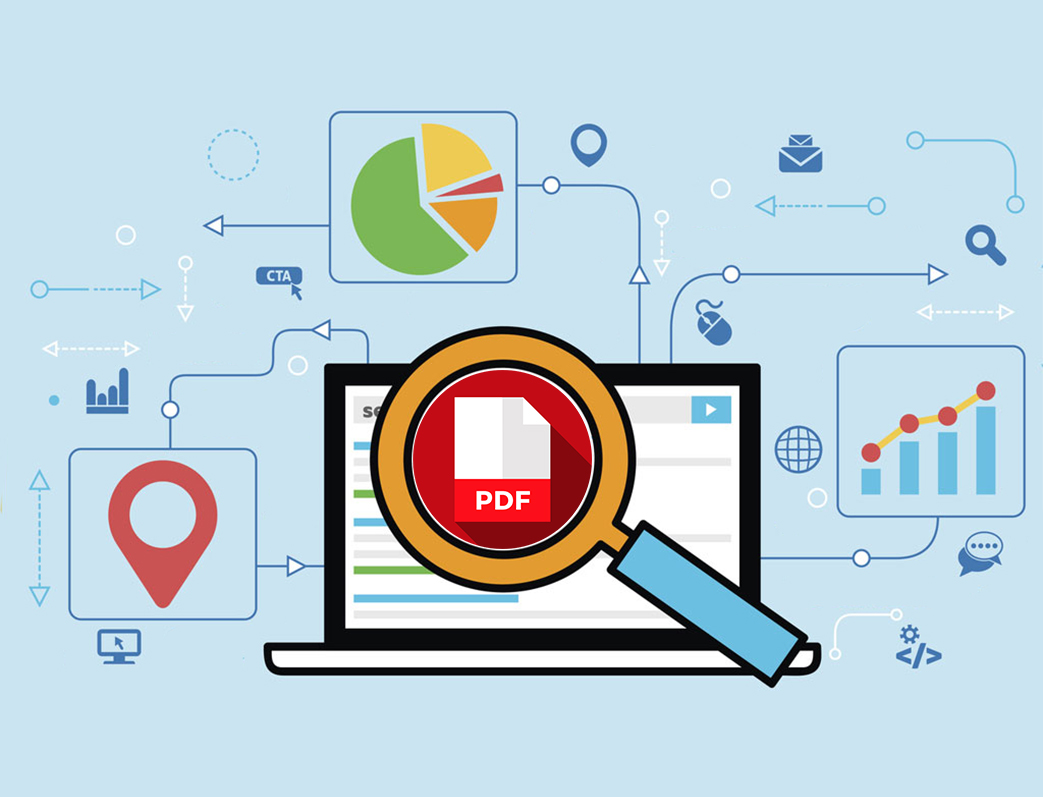For a number of years, experts around the world have developed an algorithm capable of understanding texts. For this reason, a basic aspect of an SEO expert’s or a copywriter’s expertise in writing and legibility. Text must meet user needs, also increase the position in the SERP.
Are we really sure that PDF Lookup can understand the text?
PDF Lookup is a great PDF Search Engine developed based on Google’s search algorithm. We know that Google understands the text, but under certain limitations. Most importantly, Google can match exactly what users type into the search bar with the best search results. To do this, Google cannot rely solely on the information that users provide, specifically metadata.
PDFLookup.com – PDF Search Engine
Furthermore, we also know that it is possible to classify a sentence that is not used in the text (although it is still good practice to identify and use one or more specific key phrases). So Google does something to read and evaluate the text that is on a page of your site.
What is the current situation?
The method used by Google to understand the text is unknown. That is, information is not available simply and for free. We also know, judging by the research results, there is still a lot of work to be done to achieve optimal results. But there are some clues here and from which we can draw interesting conclusions.
For example, we know that Google has made great strides in understanding the context. We also know that Google tries to identify how words and concepts are related to each other.
Word embedded
An interesting technique that Google has filed a patent for and works is called Embedded Words, “Meeting of Words” or “Related Words.” Flying through the details, the basic goal is to find out which words are closely related to other words. Reality: a software needs a certain amount of text, analyzing them, and identifying which words tend to combine with each other more often and turning each word into a series of numbers. In this way, words can be represented as a point in space in the diagram, like a scatter chart.
Thus, the resulting diagram shows which words are related and how. More precisely, it shows the distance between words, representing a type of galaxy made up of words.
So, for example, a word like, “keyword” would be closer to “copywriter” than “kitchen utensils.”
This procedure can be applied to both words and sentences, and/or paragraphs. The larger the dataset for the program, the better algorithm will be able to classify and understand words, understand how they are used, and their meanings.
In fact, Google has a database that covers the entire network. Therefore, with a collection of information on this site, it is possible to create reliable models that can value the text and context.
Related entities
From the correlation of words, we take a small step towards the concept of related entities. If we try to perform a search, we can see what the related entities are. By entering, “macaroni”, at the top of the SERP, you will see “I Format Della Pasta.” These types of pasta should also be classified. There are many similar SERPs that reflect the way words and concepts related to each other.
The patent concerning entities that Google has filed actually refers to a database of indexes relating to entities. This is a database in which concepts or entities, such as macaroni, are stored. These entities also have characteristics. Lasagna, for example, is a type of pasta. It is also made with pasta. And that is a dish. Now, analyze the characteristics of entities, they can be grouped and classified according to all different types. This allows Google to understand better the relevant words, and thus, to understand better the context.
Practical conclusions
If Google understands the context of the page, they will certainly evaluate and evaluate its content. The better the correspondence with Google’s contextual concept, the better your chances of having evidence. It will be necessary to express these concepts thoroughly. In a broader way, they also express the related concepts. Simple texts, clearly showing the relationship between different concepts, help your readers better understand and also help Google.
Hard to write, inconsistent, and poorly structured are more difficult to understand for both humans and Google. You must help the PDF search engine understand your text by focusing on:
Good readability, that is, make your text easier to read without affecting your message;
A good structure, which is to add subtitles and clear transitions;
Good context, which means adding clear explanations that show what you are talking about referring to what you already know about a topic.
A good result will help readers and PDF Lookup understand your text and so all the goals you set for yourself.
Especially because PDF Lookup is also trying to create a model that mimics the way we humans deal with language and information. And this helps PDFlookup.com use your search terms to match your page with a query to bring out the most accurate search results.
